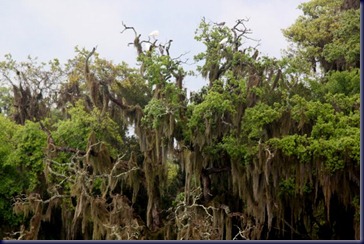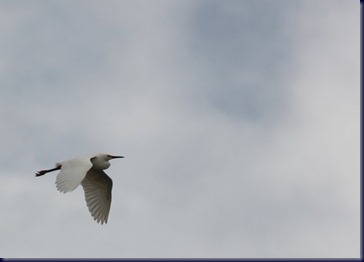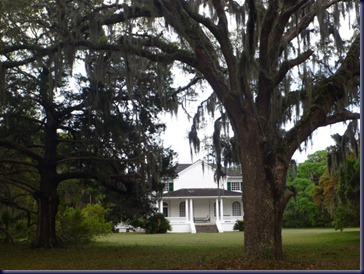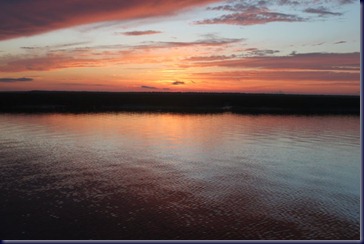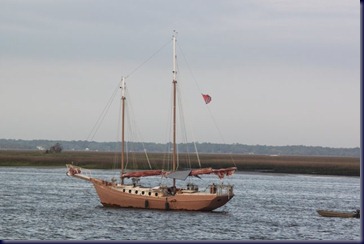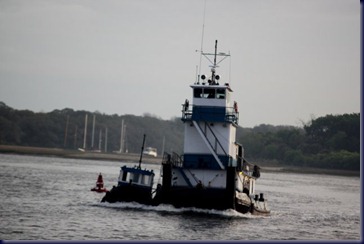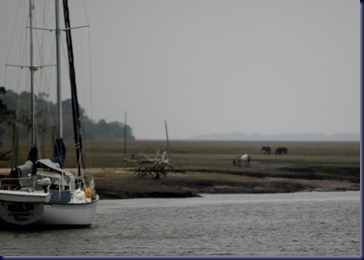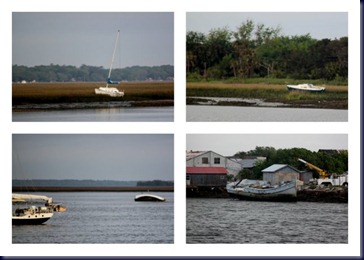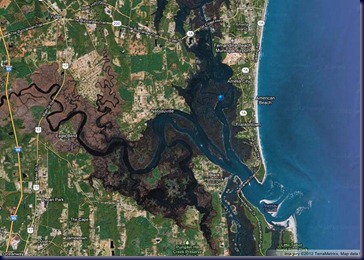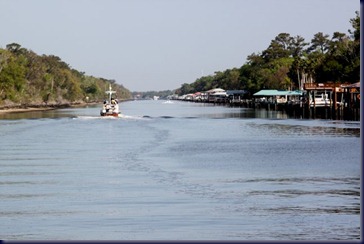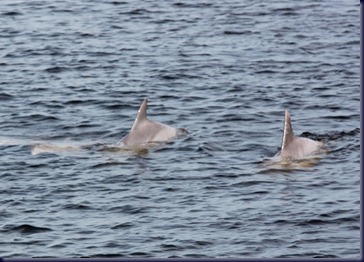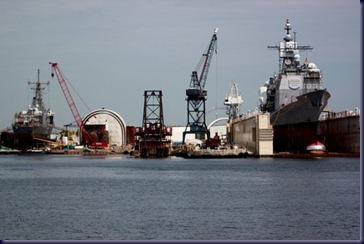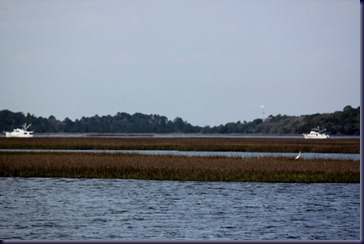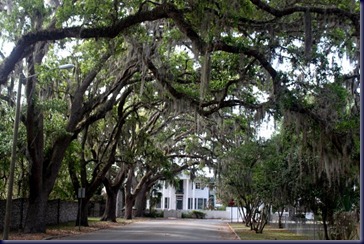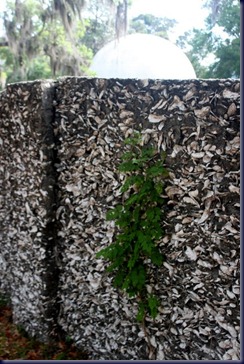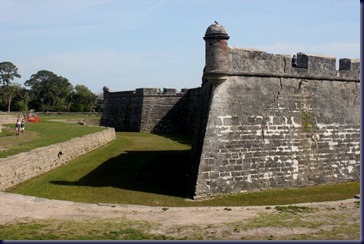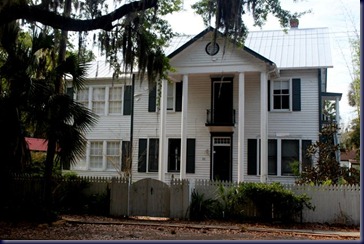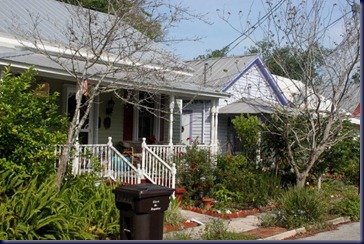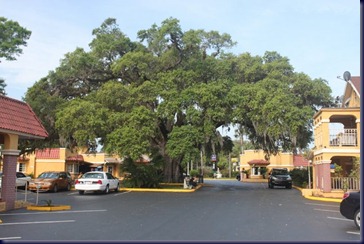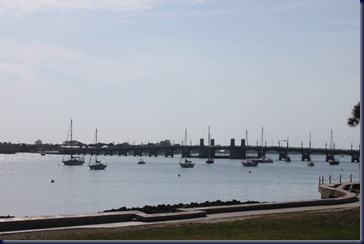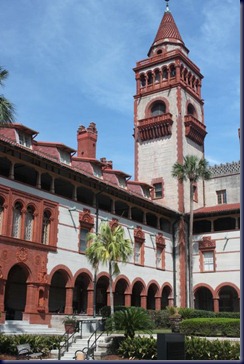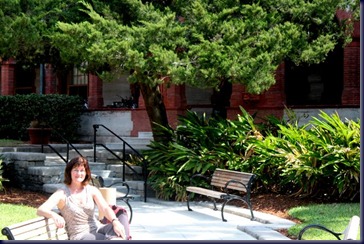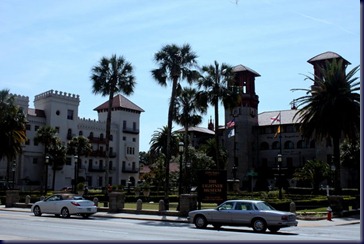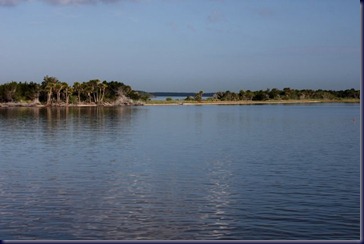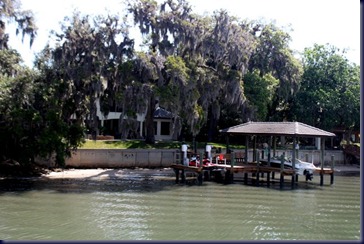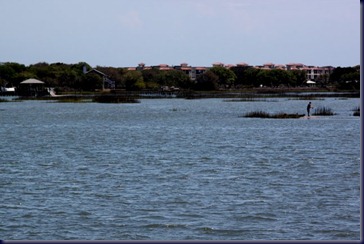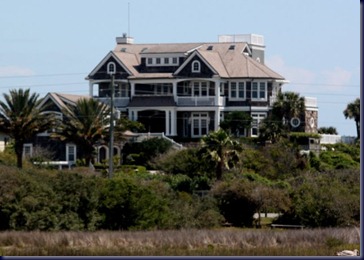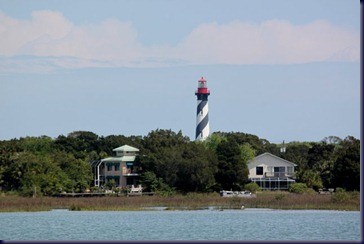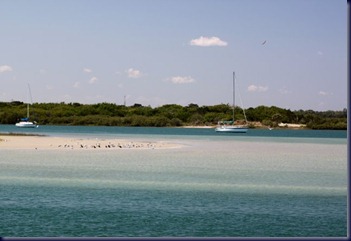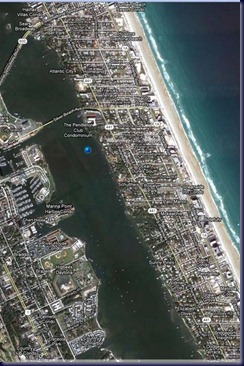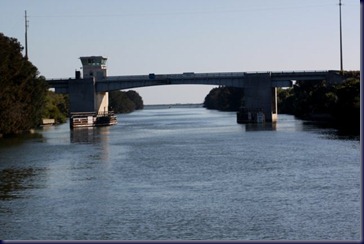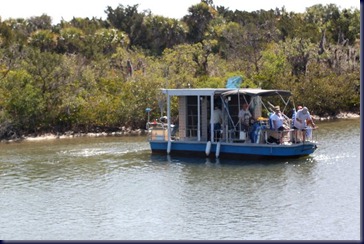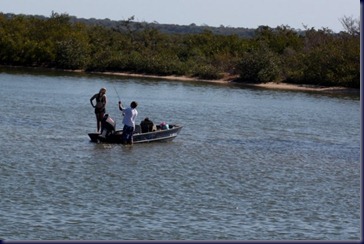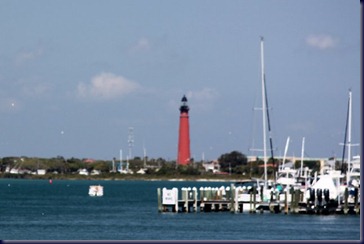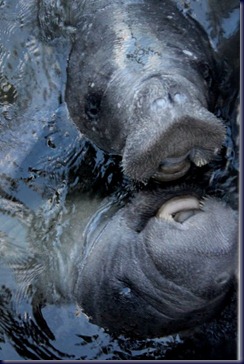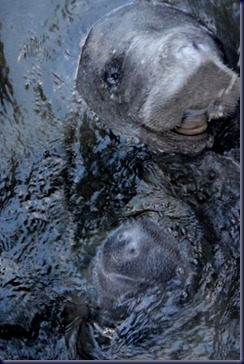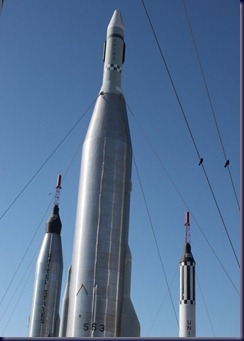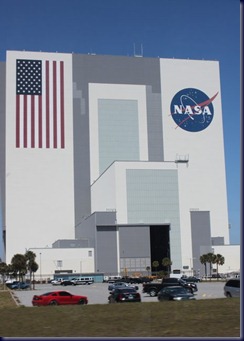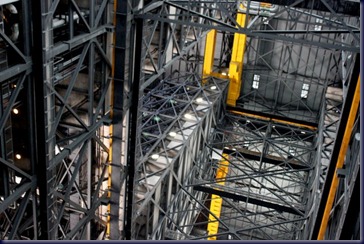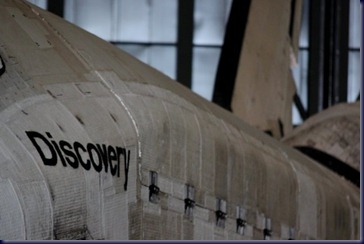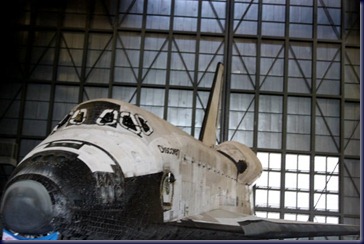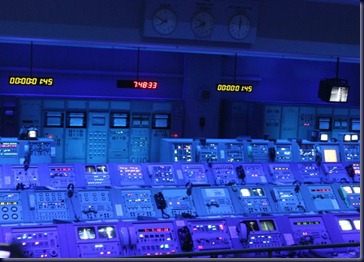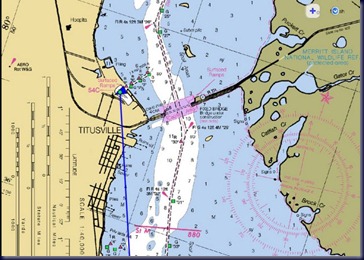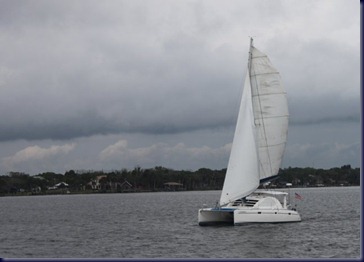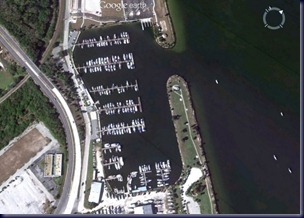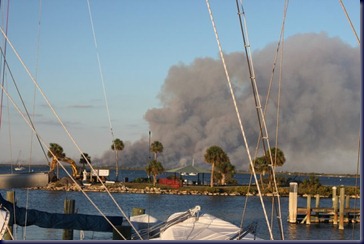After yesterday’s thunderstorms and rain, the weather cleared and the sun came out at 5pm, so we dropped the dinghy into the water and went ashore to see if we could get the lay of the island.
We were anchored just offshore from the Plum Orchard Mansion adjacent to the dinghy dock. The National Park Service provides this description of the the mansion: “In 1898, George Carnegie was about to marry fashionable and wealthy Margaret Thaw of Pittsburgh. As his wedding present, his mother intended to assist him with a home on Cumberland Island. Lucy told Peabody and Steams that she proposed building a "simple house on this island, on a site about eight miles from here," with a cost limit of $10,000. On 1 December, 1898 Page described the project as "fairly launched."
As we approached the mansion, sitting on the porch swing was a National Park Service volunteer caretaker who had been living here for the last three months. We chatted with her for half an hour, then wandered back to the boat. We thought the mansion was quite nice, large, but not particularly architecturally interesting.
Returning to the boat just before sunset introduced us to one of Georgia’s signature characteristics: BUGS! We were assaulted by gnats, small enough to make it through the mesh screen on our ports, hatches and doors, and they drove us quickly CRAZY, so we closed up the boat and turned on the air conditioning, as it was still 79 degrees outside and the boat quickly becomes stuffy in those circumstances.
